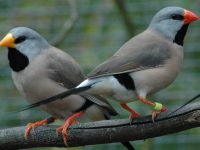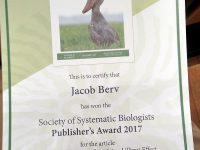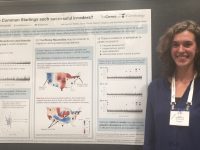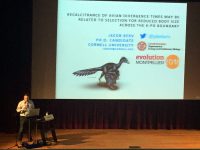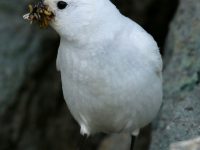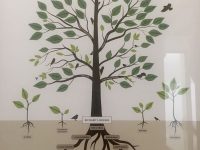 Enormous congratulations to postdoc Jen Walsh and her husband Marc on the birth of their first child, Griffin Leo Emond!!!! We are greatly looking forward to having this very cute little guy join our lab group events when the time comes, and wish Jen and Marc all the best as they experience the innumerable joys of parenthood!
Enormous congratulations to postdoc Jen Walsh and her husband Marc on the birth of their first child, Griffin Leo Emond!!!! We are greatly looking forward to having this very cute little guy join our lab group events when the time comes, and wish Jen and Marc all the best as they experience the innumerable joys of parenthood!
Our 2018 South American Visitors
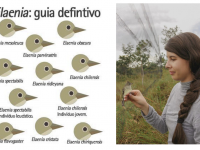
Many International visitors from Argentina, Brazil and Chile came to the Fuller Evolutionary biology lab in 2018 to work on the genomics of birds. These studies included phylogeographic projects, genotype phenotype associations and landscape genetics. For more information on Pablo Lavina, Belén Bukowski, Cecilia Estalles, Nicolás Lois, Ramiro Arrieta, Juan…








